Will Netflix survive in the competition?

Will Netflix survive in the competition?
Netflix was facing tougher competition from blockbusters than initially expected because Netflix in 2007 was facing a very peculiar crunch situation.

The stock price of Netflix decreased by 5 percent when this news spread in the market. However, Netflix was able to navigate through this situation so strategically, making Netflix one of the world’s best-performing stocks over the next decade, returning more than 10,000 percent between 2007 to 2018 in the next 10 ten years,
But You know what? Very few retail investors know that Netflix will have problems again. Coincidentally, this situation is very similar to 2007. And how you react to this situation really determines whether Netflix’s stock price will skyrocket or crash. This is a story dating back to 1997 when the story of the failure of a very popular blockbuster began.
For those who don’t know, Blockbuster was a rental service with a physical DVD store nationwide at the time. And the general American tradition at the time was to rent a movie and return it on Friday.
In 1997, Blockbuster was a $ 1 billion company with over 6,000 stores in the United States alone and sales of $ 3.91 billion. The problem, however, was that 16% of that revenue came from late fees from millions of customers. At that time, he was very angry, and he started his own company when one of his customers actually received an excessive fine of $ 40 for late fees. Man is none other than Reed Hastings, and the company he founded is what we know today as Netflix. He was so angry that the same Netflix slogan was “no late fees.”
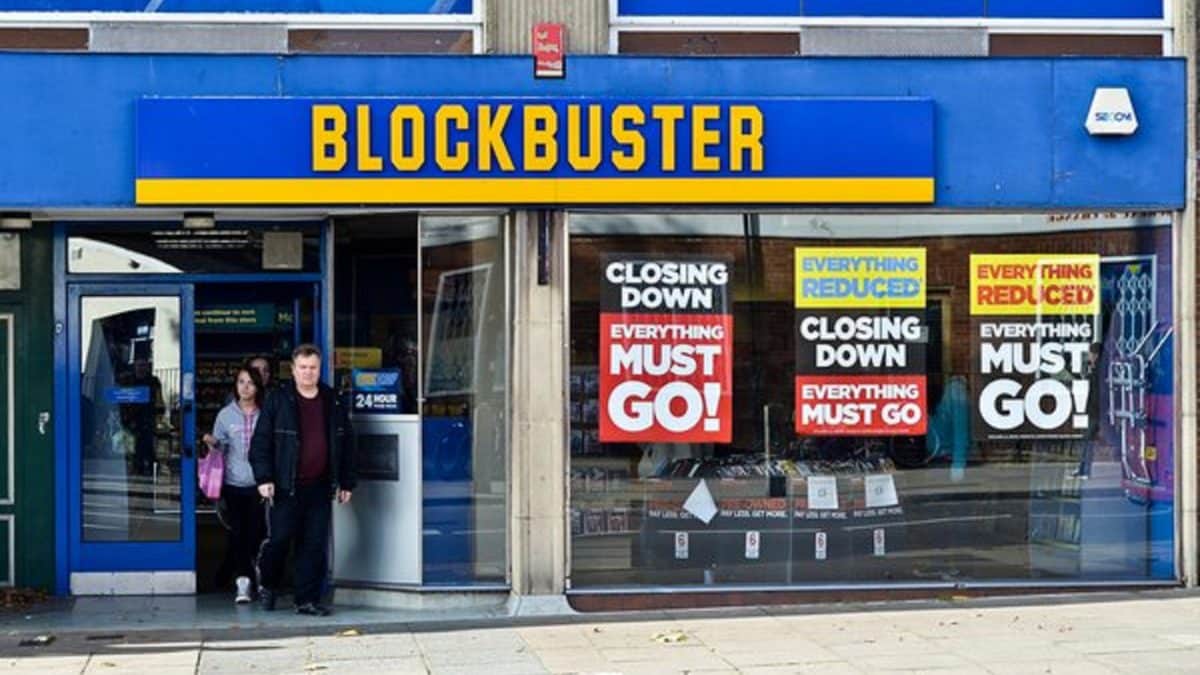
In 1997, Netflix started as a subscription-based DVD email service. If you want to watch a movie instead of going to the blockbuster store, make a list online and send it to Netflix. They deliver the DVD within 2-4 days, and when you send it back, they will send you another. And it’s an affordable subscription price, with no late fees.
Now it turns out that the X Factor is the company’s mindset. On the one hand, Blockbuster is keen on respecting late fees and has earned millions of dollars from the pain of its customers.
Netflix, on the other hand, used the same unwanted attributes to build a $ 1 million business. And by 2004, it had sales of $ 500 million. This is when the table has the first spin. In 2005, Blockbuster realized that DVD mail services were a big market and made a big announcement, launching its own DVD mail service as a direct competitor to Netflix. It started to grow as fast as Netflix, adding 2.1 million subscribers in the first year.
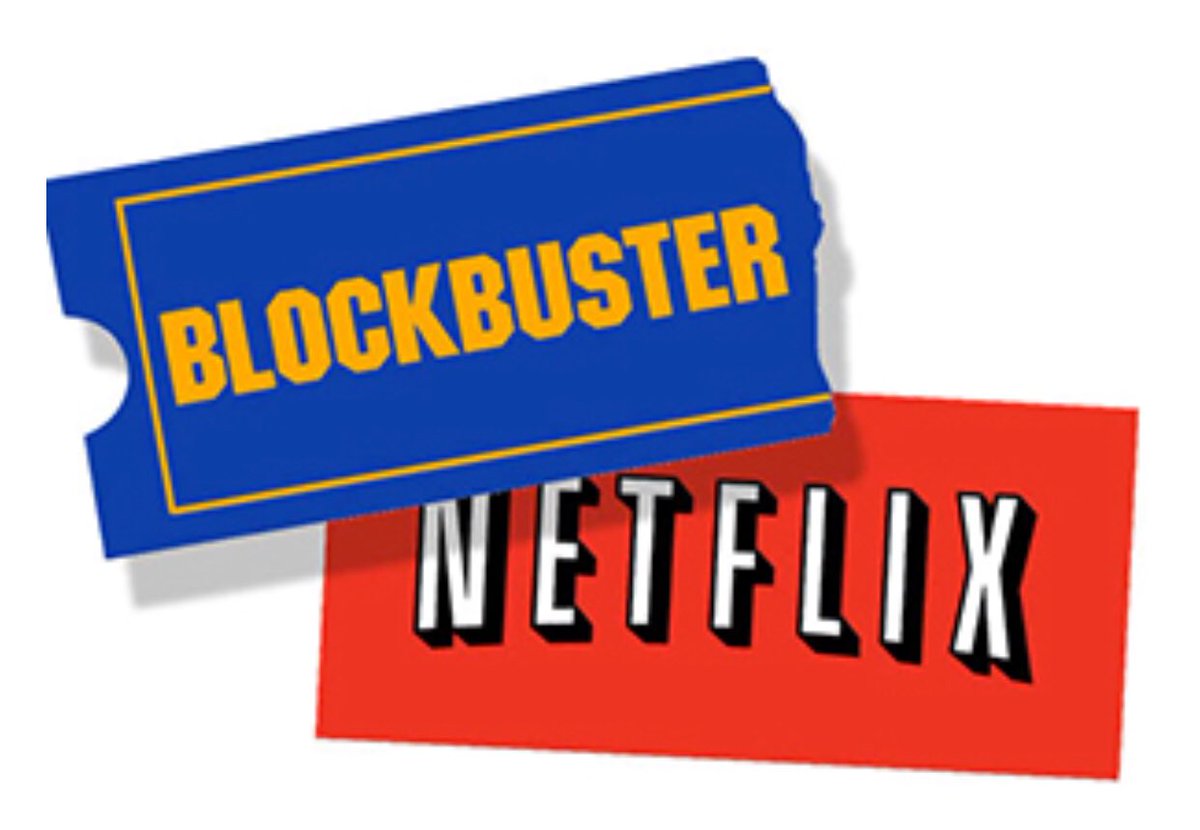
According to one report, 90% of the American population had a vast network of stores within walking distance of Blockbuster’s stores, so on paper, Blockbuster was ready to shatter Netflix. This meant that it would take a couple of days for a Netflix DVD to arrive from a warehouse miles away from the customer’s home. Blockbuster could have delivered the same movie in just two hours, as the movie arrived from the customer’s nearest blockbuster store, just a few miles away.
But what do you know? The blockbuster still failed. Why? Because they didn’t use the network to deliver the DVD. In addition, within just a year, we reduced late fees to generate about $ 200 million in revenue and setting up another DVD-in-mail service cost about $ 200 million.
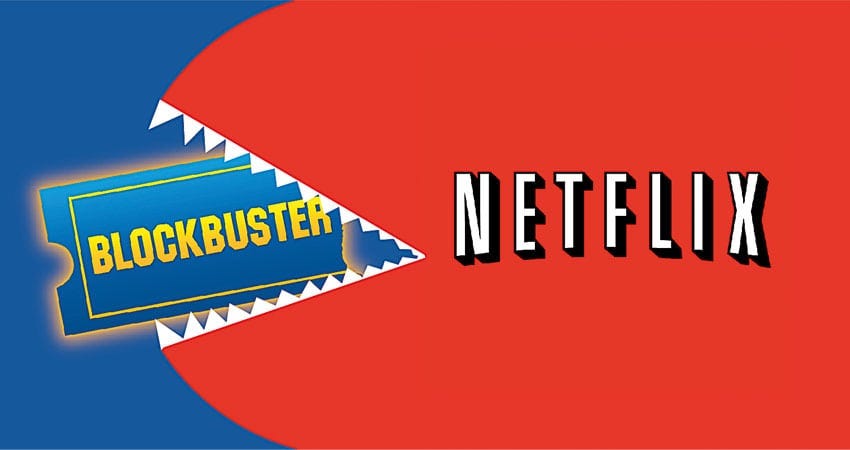
As a result, they were effectively in debt of $ 40 million, making it very difficult to try out new methods and systems. But still, their market share continued to grow rapidly, and in 2007 they began to interfere with Netflix’s earnings. And that year itself, Netflix lost 55,000 subscribers, while Blockbuster steadily increased. This is the context in which JP Morgan has made a statement that Netflix is facing more fierce competition from blockbusters than originally expected.
Here Netflix has done something unique that will amaze the world. They have identified two major threats to the business. The first was clearly Blockbuster, which entered the DVD-In-Mail service because of its vast store network. By using the existing service itself, they could have provided a much better service than Netflix with much less effort. Second, they find themselves having hidden competitors that are weirdly eating up the interests of Netflix and Blockbuster.
And this mysterious existence was nothing but Wal-Mart. So what does Wal-Mart have to do with entertainment? And why is it competing with Netflix and Blockbuster? After all, Wal-Mart used a pricing model called the Los Lead Pricing Model, so it also ran out of Blockbuster’s and Netflix’s profits. This is a pricing model that sells low-cost, low-margin products just to get customers to buy expensive, high-margin effects. Wal-Mart was handing out rental DVDs at a low price just to get customers to come to the Wal-Mart store.

Eventually, they revealed that they were buying other products, which brought them more benefits. Wal-Mart didn’t mind making a profit from Netflix and Blockbuster’s core base DVD. And that’s where Netflix challenged online streaming and switched to another segment. They invested heavily in data analysis to develop impressive people’s recommendation algorithms and used the Internet to distribute constants instantly and cheaply. This is how the Netflix streaming service we know today was born.
Meanwhile, Blockbuster is lagging behind the streaming party, which is actually crippled by debt. At some point, I filed for bankruptcy. The rest is history. Netflix is an early adopter of the Internet in the entertainment arena. Over the next decade, Netflix has grown to be one of the most successful companies in the world.
But when fast-forwarding to 2021, 14 years later, Netflix faces the same two threats as in 2007 and is practicing to return to number one. These two threats, as in 2007, Blockbuster already has a good network. In the case of a store, you had to go online, and you could have beaten Netflix very easily by offering only the DVD. As such, Disney and HBO already had a very profitable network in 2021.
What Wal-Mart did to Netflix in 2007 is what Amazon Prime Video did to Netflix in 2021. That means using the loss leader principle to attract customers at ultra-low prices where it’s almost impossible for Netflix to maintain its price. The best examples are “Mirzapur” and “Family Man”. Suppose you do backstroke and analyze these two lines. If so, it turns out that it’s almost impossible for them to make money with the small subscription cost of Prime Video because of the money they invested in producing this content.
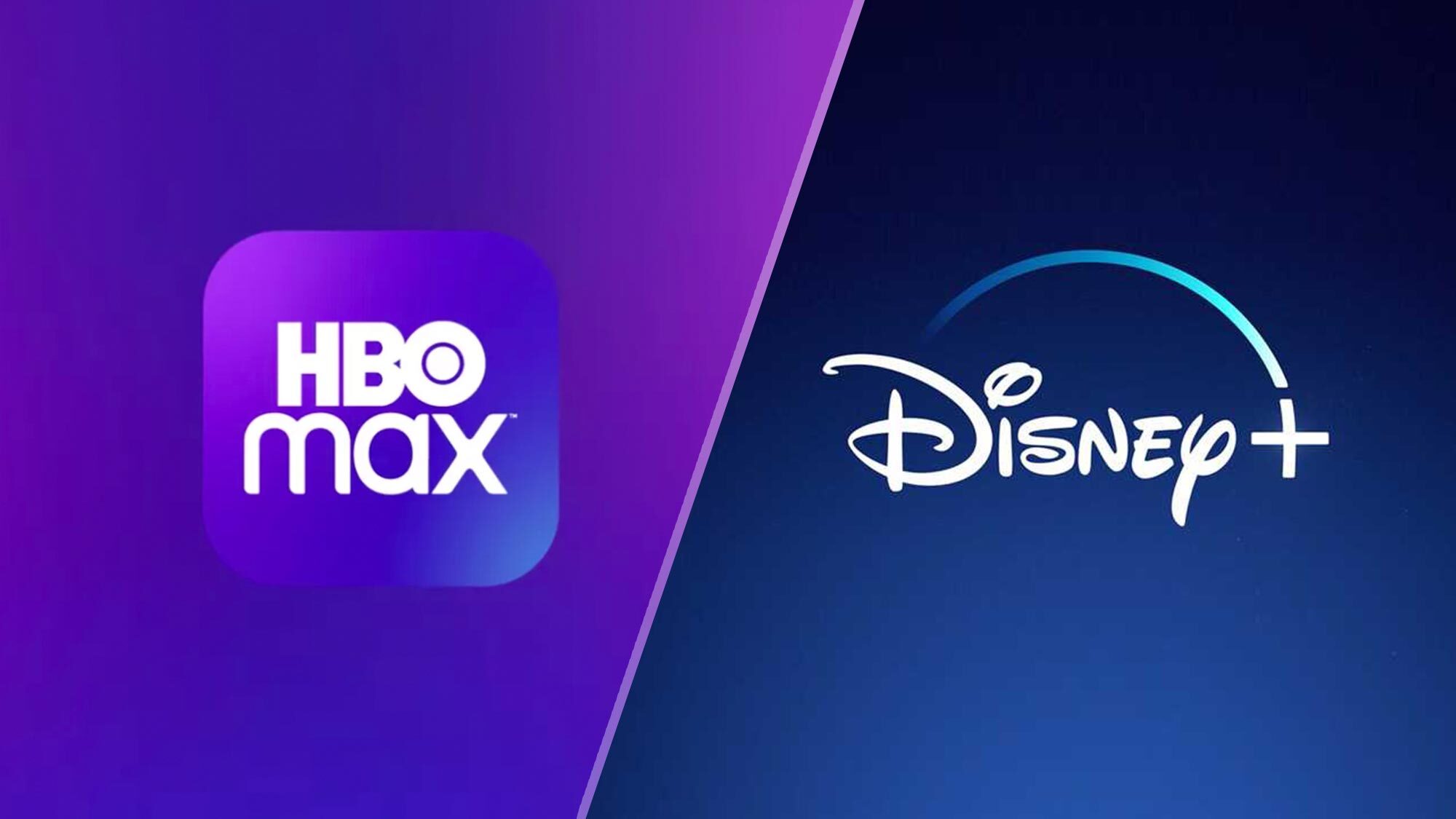
Disney makes a billion dollars through theater realizes itself, and before the movies even come to both platforms, they have already made the company a ton of money. HBO does the same three television networks. They need to start pulling out content licenses from Netflix and Prime and launch them all in their own OTT, which is happening very quickly. This is something that Netflix identified way back in 2011 itself.
They knew it at some point. These companies can’t start pulling content from Netflix and resell other companies’ movies to keep making money. So Netflix embarked on a third trajectory, starting to create its own content and offering the legendary House of Cards in 2013. From there, Netflix has invested heavily in becoming a production company. This is all to keep subscribers from leaving the platform, even if everyone else is pulling content from the platform.
But then producing content like House of Cards requires a considerable budget, and if they have to keep doing it consistently, they need to bring in morE and more revenue. But as of now, the only stream of income that Netflix has is the subscription fees. And this is where the second threat comes in.
However, creating content like the House of Cards requires a fair amount of budget, and if you need to create it consistently, you need to generate more and more revenue. But for now, subscription fees are Netflix’s only source of income. And here comes the second threat.
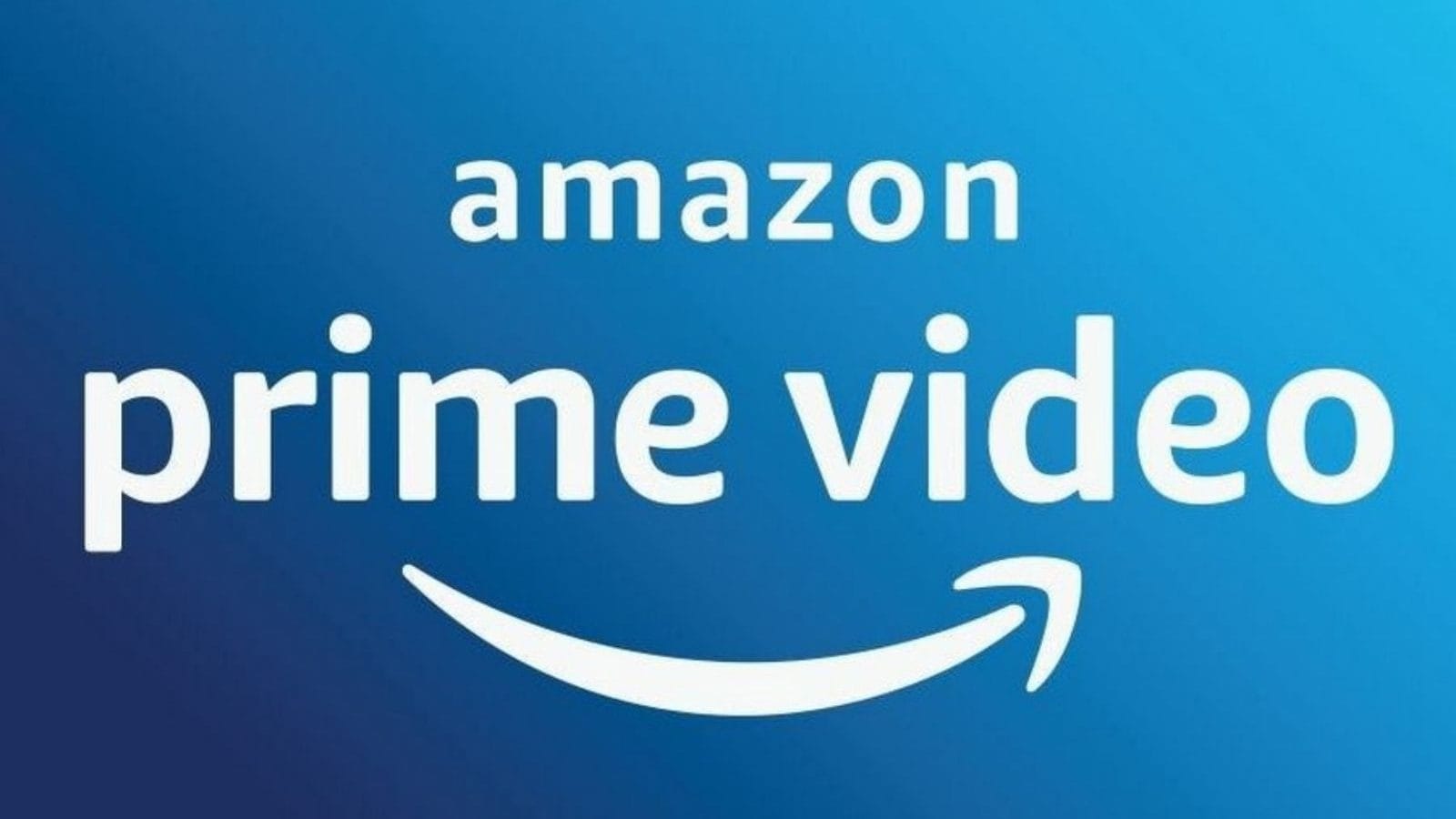
In fact, most of you have either watched the series with one of your friend’s prime accounts, or your friends must have watched these series through your Prime Account. We do this because Amazon is a Prime subscriber and Amazon doesn’t mind making money from Prime Video as long as you place an order with Amazon using your friend’s Prime account. If you have Prime, you’re buying a more expensive product on Amazon, and that’s the win they’re looking for.
So, as Wal-Mart did in 2007, Amazon is using Netflix’s core products as a loss leader, making it impossible for Netflix to match its price. Disney already makes a lot of money on stage productions and TV rentals, so even Disney can afford to offer its content for free. Finally, free viewers can be turned into paid subscribers so that viewers can be invited to pay for exclusive series like Loki and Wandavison.
To be clear, Netflix has lost its own sales offer, most of its best content has disappeared, and it has been forced to continue producing vast amounts of content. However, while competitors have multiple sources of revenue, Netflix relies solely on subscriptions at the same time, making it extremely difficult to maintain profitability.
So I say Netflix is having problems again. Well, I’m not saying Netflix will go bankrupt. It’s just that you may not be able to remain the market leader today, and if people start looking at other services, Netflix may become another streaming app that people have relied on.
There are some lessons that we can learn from Netflix, such as ;
Lesson 1: Remember that everything that happens to a particular company today has happened to the same company or has already happened to another company in another discipline, as history is always recurring. Here, the equation between Netflix and Blockbuster in 2007 is very similar to the equation between Netflix and Disney in 2021. And such an analogy will give you a lot of clarity about the future potential of the company.
Lesson 2:- Even companies as big as Netflix will have their vulnerabilities popping up from time to time. Suppose you keep a close eye on how they react to it. You can project the company’s growth or downfall way before it happens.
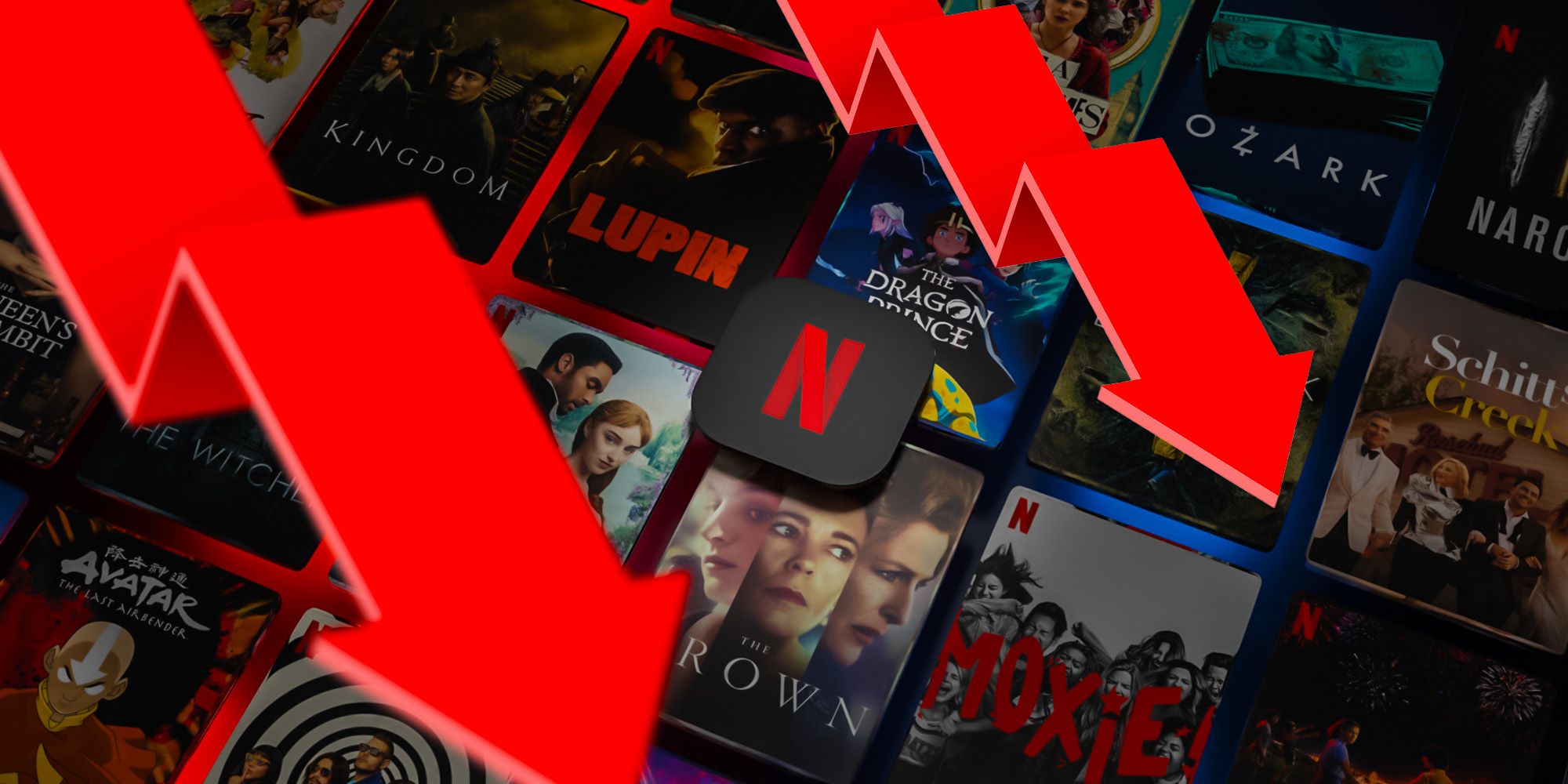
Lesson 3:- The 21st century business ecosystem is becoming more complex, e-commerce companies are now competing with entertainment companies, and strategic partnerships are being formed between potential competitors. However, the nature of these strategies and partnerships leads to new strengths and weaknesses. Therefore, the information is freely available on the Internet.
It is you, the superpower, to look into the intricacies of the market, which very few people can understand. And if you play cards well, maybe you could hit a goldmine, but this time, it will not be by luck but by calculation and strategy.
Article proofread & published by Gauri Malhotra.




